Thinking about going at it alone? While taking on home projects yourself can be a satisfying way to showcase your skills and upgrade your space while saving serious money, failed DIY projects can be disheartening, time-wasting and even potentially damaging to your home. Whether you’ve suffered an interior design fail yourself – or you’ve just seen enough funny DIY fails to scare you away from trying – there is still hope. We’ve rounded up 10 of the most common DIY mistakes – and tips to help you avoid them.
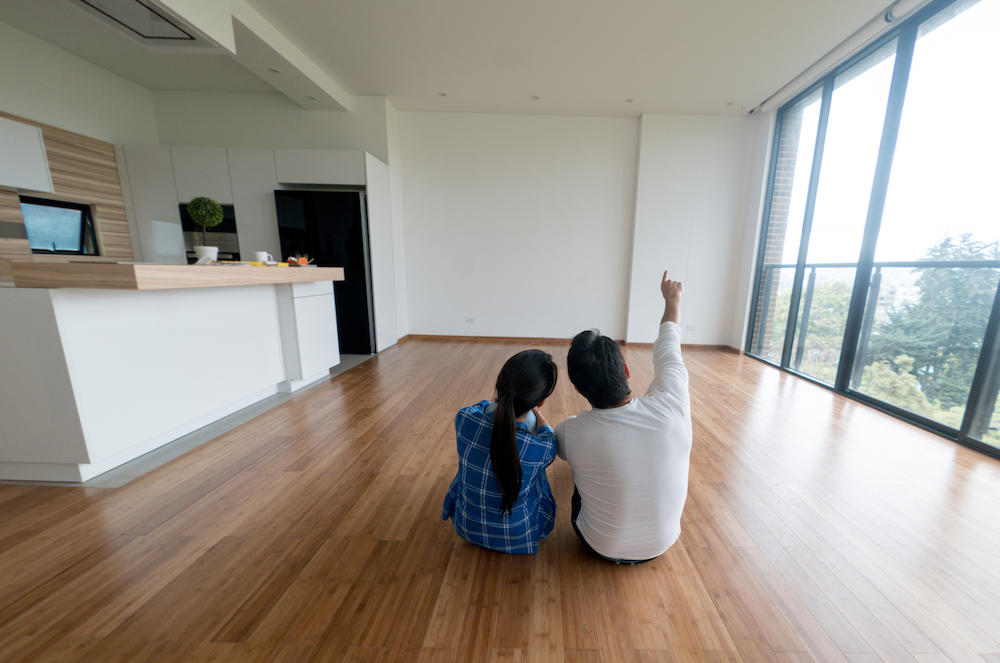
You Forgot to Budget
In many cases, the whole point of doing a project yourself is to save some cash while upgrading your home decor. If you don’t set a realistic budget, however, it’s all too easy to spend way more than it would have cost you to hire a professional. Before starting a DIY project, look into the cost of things like supplies and tools to help prevent overspending.
Related: 9 Easy DIY Projects From HGTV Canada Stars That’ll Make Your Home Look Expensive on a Budget

You Used the Wrong Materials
One of the top reasons for a DIY fail? You might just be using the wrong – or not the best – material for what you want to do. For example, while there are many ways to refinish old furniture, using a two-step system like BEHR® Chalk Decorative Paint and Wax gives furniture a durable, matte finish with minimal (or even no) surface prep – making for a faster, more professional-looking DIY win.
Related: 10 DIY Ideas to Give Old Furniture New Life Using Paint
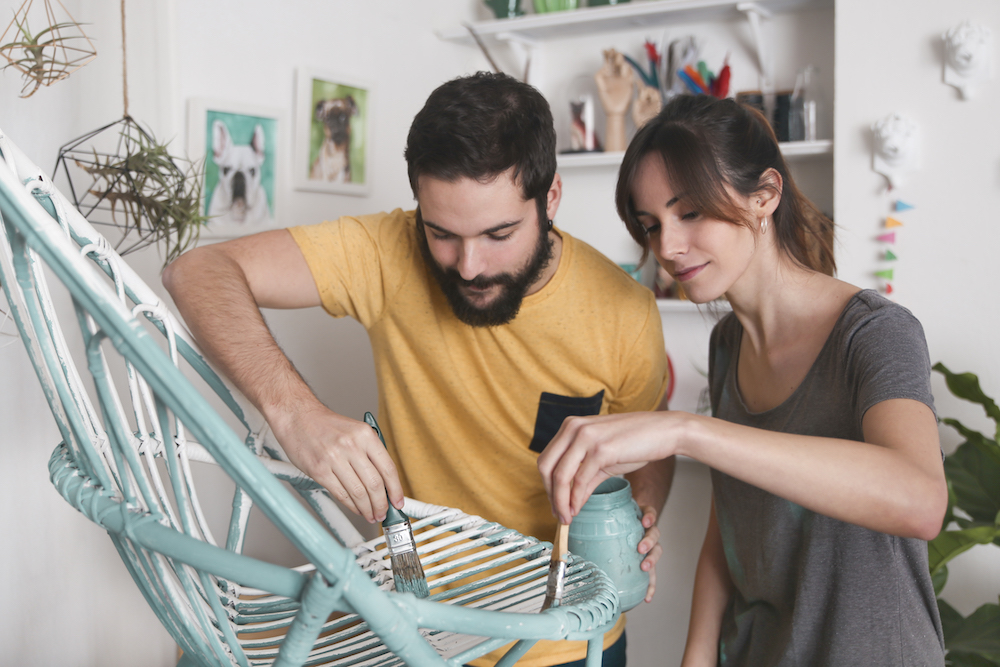
You Gave up Too Easy
Are you notorious for starting – and then abandoning – home decor projects? Whether it’s due to a lack of motivation or the trap of choosing projects that are too complicated for your skillset, a mountain of abandoned interior design fails can erode your confidence. The solution? Take a step back and try small, simple projects that can be completed in a few hours to build up your DIY muscles. These DIY projects might spark some inspiration.

You Did It for the ‘Gram
There’s a difference between something looking amazing on social media and it looking good in your home long-term – and visions of likes aren’t a great reason to take on DIY projects. Steer clear of starting impulse projects that will look cool in a photo, but might not be practical (or could turn into cringe-worthy, funny DIY fails) in the long run.
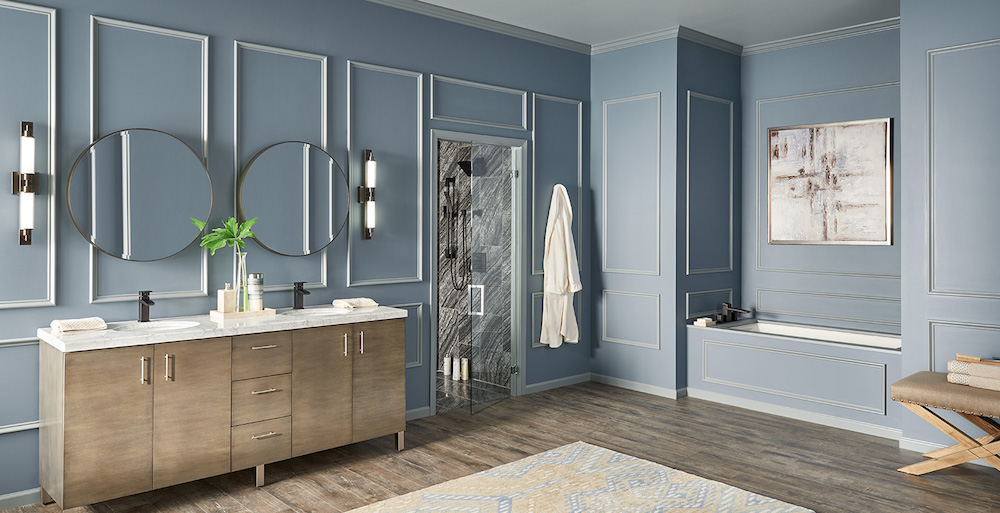
You Took on Too Much
You know that saying about your eyes being bigger than your stomach at an all-you-can-eat buffet? The same idea is true for many failed DIY projects. If you’re a beginner, attempting an overly complex or specialized-skill-dependent project is a recipe for disaster. Instead, start simple. You can, for example, DIY an impressive bathroom update using simple techniques and Behr paint. Using a subtle contrast tone on existing molding creates an intricate look with just interior paint.
Related: Bryan Baeumler’s 10 Favourite DIY Reno Projects That Are Actually Doable
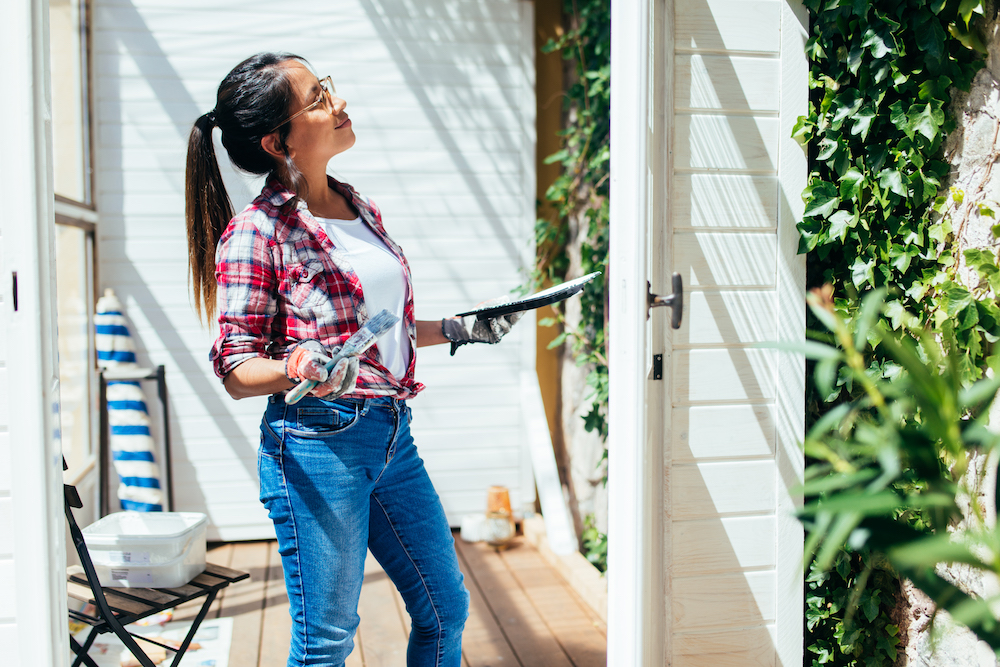
You Failed to Plan
While it’s great to get excited about a home decor idea, if you want to prevent avoidable challenges, take the time to figure out how long it should take to complete, what materials are required and what techniques you’ll need to know. If you run into any roadblocks while planning, you might need to wait, save, watch some tutorials or choose a different project to avoid a DIY fail.
Related: 10 Home Improvement Projects You Never Thought to DIY (But Definitely Should)

You Ran out of Time
Nothing pushes a DIY project from nailed to failed faster than poor time management. If you’re rushing through a DIY because you’re short on time, you’re more likely to make mistakes and end up with less-than-ideal results. Before you start, research how long your project should take to complete (don’t forget that you need time for non-work periods, too – house paint needs time to dry between coats, for example) and then add on extra time, just in case.

It Was a Two (or Three) Person Job
Do it yourself doesn’t necessarily mean do it alone – and if you try to take on a job that requires more than one person, you’re setting yourself up for a DIY fail. Be realistic about how much people-power is required (especially for DIY projects that require heavy lifting or two sets of hands).
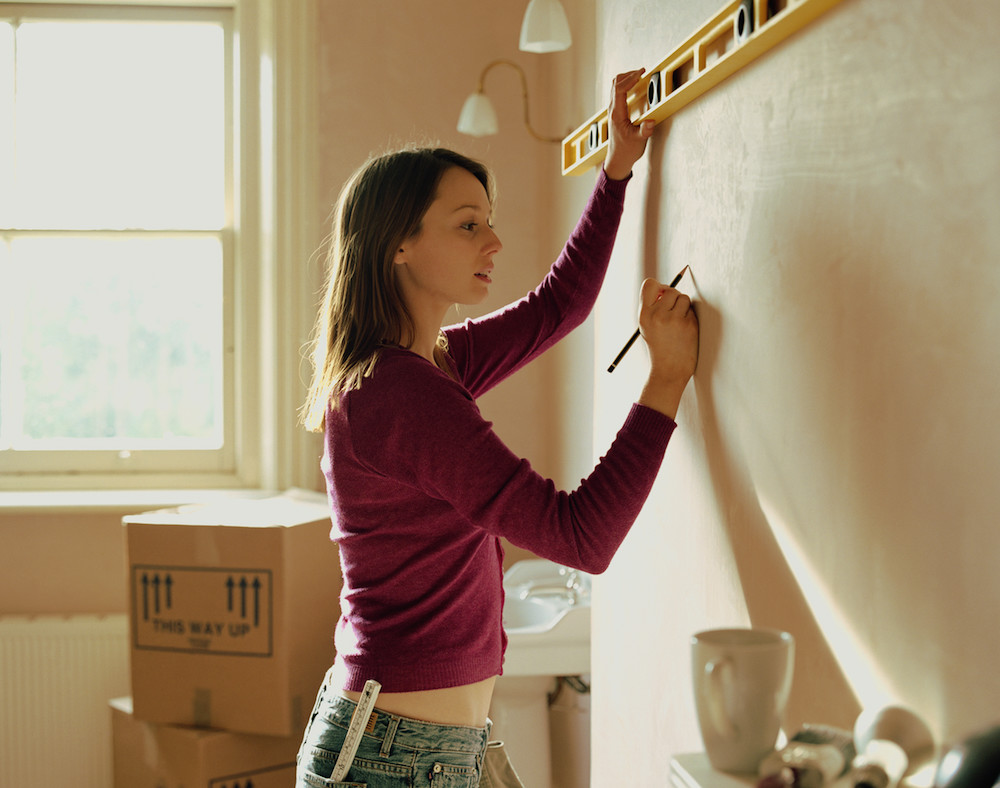
You Didn’t Have the Right Tools
Without the right equipment (or without knowing how to correctly use it), your DIY is doomed. Make acquiring the necessary tools (whether through purchasing, borrowing or trading with a friend) part of the planning process for any DIY project. What kind of equipment might you need? It depends on the project, but it could be anything from rollers for house painting to a level for hanging things on the wall to safety gear.
Related: 20 Genius Ways to Save on Expensive Tool Costs for Your Home Renovation

You Skimmed the Steps
Even the simplest project can slide into a DIY fail fast if you don’t know what you’re doing – yet speed-reading the steps is a common cause of failed DIY projects. From forgetting to sand to not purchasing all the materials you’ll need right at the start, there are plenty of ways you can mess up by glossing over the details. Instead, save yourself a lot of hassle by carefully reading through your plan before you start (and maybe even reading it twice).
HGTV your inbox.
By clicking "SIGN UP” you agree to receive emails from HGTV and accept Corus' Terms of Use and Corus' Privacy Policy.




